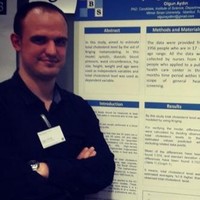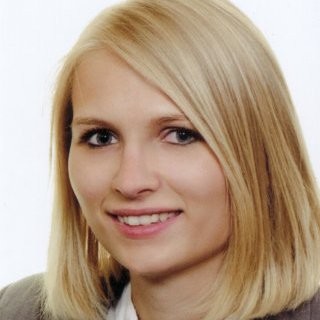Book of Abstracts
Book of abstracts is ready ! Click here to download
Program
Talks

Nonnegative Matrix Factorization as a Tool
Marcin Kosinski

predPCR: an automated classification of qPCR curves
Michał Burdukiewicz

Sit, relax, monitor. How to maintain models and how R can help?
Natalia Reszka

Tuning & Bootstrapping Performance ML Model
Monika Nawrocka

A Case Study on Machine Learning Classification Algorithms in R
Olgun Aydin

A shiny application enabling facial attractiveness evaluation for purposes of plastic surgery
Lubomír Štěpánek

Elasticsearch and R - deal with it!
Bartłomiej Staszkiewicz

drake: reproducible workflow management in R
Dominik Rafacz

Bayesian inference in big data analysis
Katarzyna Sidorczuk

HaDeX - analysis of HDX-MS data
Weronika Puchała

AmyloGram: analysis of proteins in R
Jarosław Chilimoniuk
Important Dates!
Be prepared!
-

14 April 2019
Call For Papers Ends
Submit your proposals before 14 April 2019
-

30 April 2018
Notifying speakers
Accepted papers will be anounced till 30th of April
-

5 May 2019
Last day for registration
Hurry up! register before 5th of May
-
Conference
Gdansk University of Technology
Organization Committee
The people putting it together

Olgun Aydin
Co-head
Lives in Gdansk, Poland

Ania Rybinska
Co-head
Lives in Gdansk, Poland

Michal Maj
Co-head
Lives in Gdansk, Poland

Patryk Jasik
Member
Lives in Gdansk, Poland

Asst. Prof. Dr. Karol Flisikowski
Member
Lives in Gdansk, Poland
Diversity
satRday is dedicated to providing a harassment-free and inclusive conference experience for all in attendance regardless of, but not limited to, gender, sexual orientation, disabilities, physical attributes, age, ethnicity, social standing, religion or political affiliation. We do not tolerate harassment of participants (including organisers and vendors) in any form. Sexual innuendos and imagery are not appropriate for any conference venue, including presentations. Anyone violating these rules may be given warning or expelled from the conference (without a refund) at the discretion of the conference organisers. Our code of conduct/anti-harassment policy can be found here.






